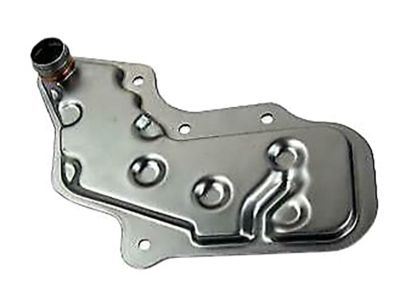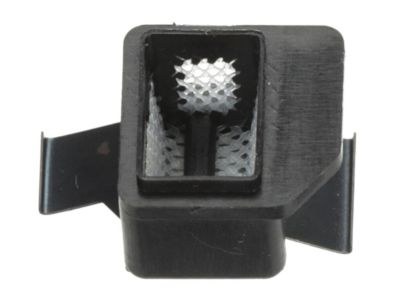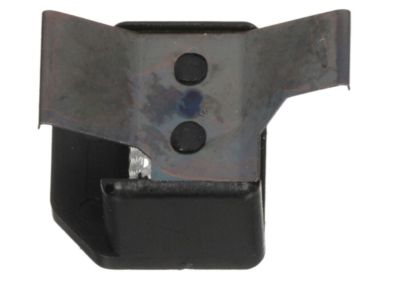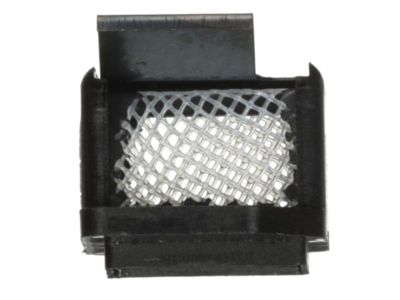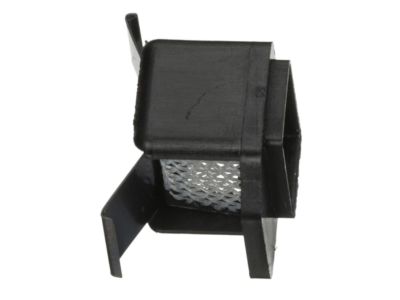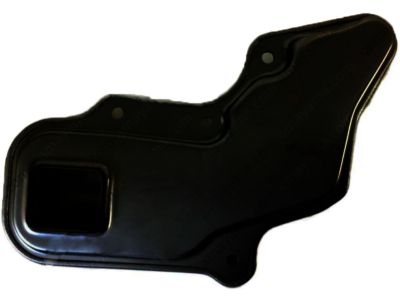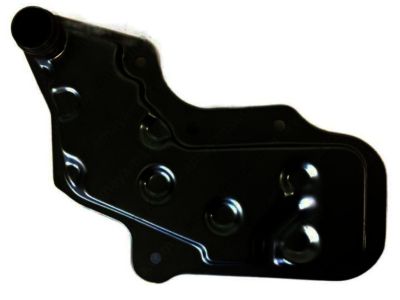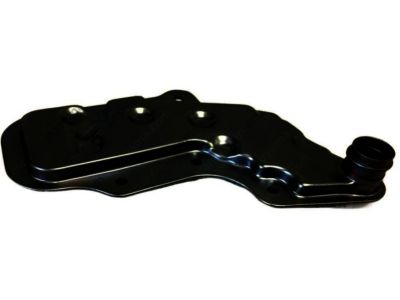×
- Hello
- Login or Register
- Quick Links
- Live Chat
- Track Order
- Parts Availability
- RMA
- Help Center
- Contact Us
- Shop for
- Nissan Parts
- Nissan Accessories

My Garage
My Account
Cart
Genuine Nissan Xterra Automatic Transmission Filter
AT Filter- Select Vehicle by Model
- Select Vehicle by VIN
Select Vehicle by Model
orMake
Model
Year
Select Vehicle by VIN
For the most accurate results, select vehicle by your VIN (Vehicle Identification Number).
4 Automatic Transmission Filters found

Nissan Xterra Oil Strainer Assembly
Part Number: 31728-41X03$37.49 MSRP: $51.68You Save: $14.19 (28%)Ships in 1-2 Business Days
Nissan Xterra Oil Filter Assembly
Part Number: 31726-41X00$15.55 MSRP: $22.52You Save: $6.97 (31%)Ships in 1-3 Business Days
Nissan Xterra Oil Strainer Assembly
Part Number: 31728-41X02$33.68 MSRP: $46.43You Save: $12.75 (28%)Ships in 1-3 Business Days
Nissan Xterra Automatic Transmission Filter
If you need any OEM Nissan Xterra Automatic Transmission Filter, feel free to choose them out of our huge selection of genuine Nissan Xterra Automatic Transmission Filter. All our parts are offered at unbeatable prices and are supported by the manufacturer's warranty. In addition, we offer quick shipping to have your parts delivered to your door step in a matter of days.
Nissan Xterra Automatic Transmission Filter Parts Questions & Experts Answers
- Q: How do you replace the automatic transmission filter during a transmission fluid change on Nissan Xterra?A:At the specified intervals, the transmission fluid should be drained and replaced. Since the fluid will remain hot long after driving, perform this procedure only after the engine has cooled down completely. Before beginning work, purchase the specified transmission fluid and a new filter and pan gasket. Other tools necessary for this job include a floor jack, jackstands to support the vehicle in a raised position, a drain pan capable of holding at least eight quarts, newspapers and clean rags. Raise the vehicle and support it securely on jackstands. Place the drain pan underneath the transmission pan. Remove the drain plug and allow the fluid to drain, then reinsert the plug and tighten it securely. Measure the amount of fluid drained. Remove the transmission pan mounting bolts, then remove the pan, prying gently if necessary. Carefully clean the gasket surface of the transmission and pan to remove all traces of the old gasket and sealant. Clean the pan with solvent and dry it. Some models are equipped with magnets in the transmission pan to catch metal debris. Clean the magnet thoroughly. A small amount of metal material is normal at the magnet. If there is considerable debris, consult a dealer or transmission specialist. Remove the strainer from the valve body inside the transmission. Clean the strainer with solvent and dry it with compressed air, if available. If compressed air isn't available, pour some clean automatic transmission fluid through it. Install a new O-ring on the strainer. Make sure the gasket surface on the transmission pan is clean, then install a new gasket on the pan. Put the pan in place against the transmission and install the bolts. Tighten each bolt a little at a time to the torque. Lower the vehicle and add the specified type of automatic transmission fluid through the filler tube. With the transmission in Park and the parking brake set, run the engine at a fast idle, but don't race it. Move the gear selector through each range and back to Park, then let the engine idle for a few minutes. Check the fluid level. It may be low. Add enough fluid to bring the level to the proper mark on the dipstick. Be careful not to overfill. Check under the vehicle for leaks during the first few trips. Check the fluid level again when the transmission is hot.
